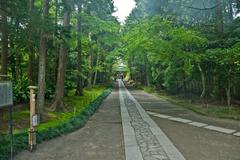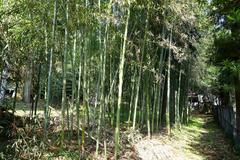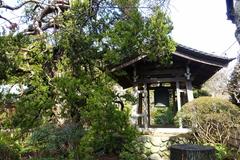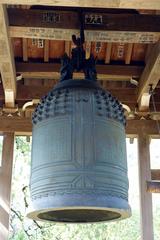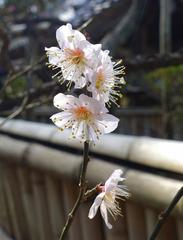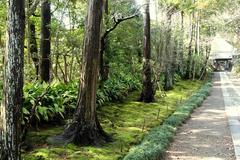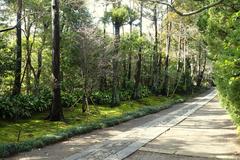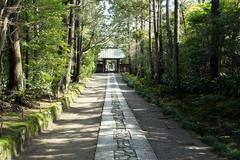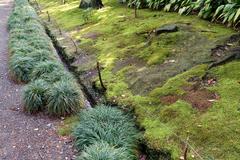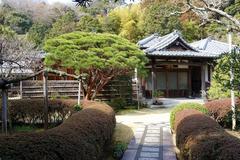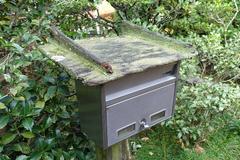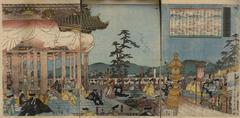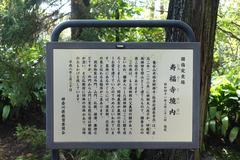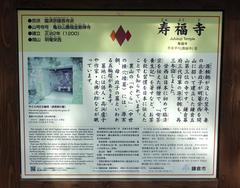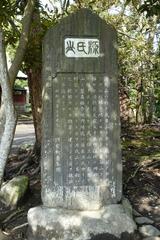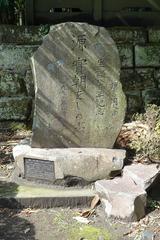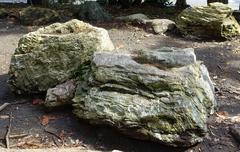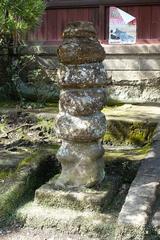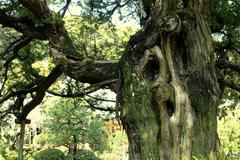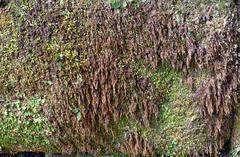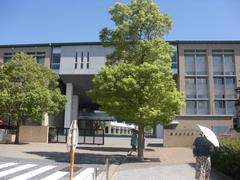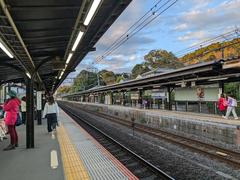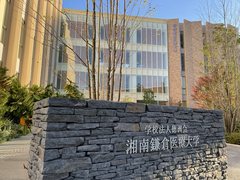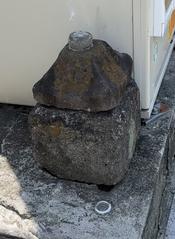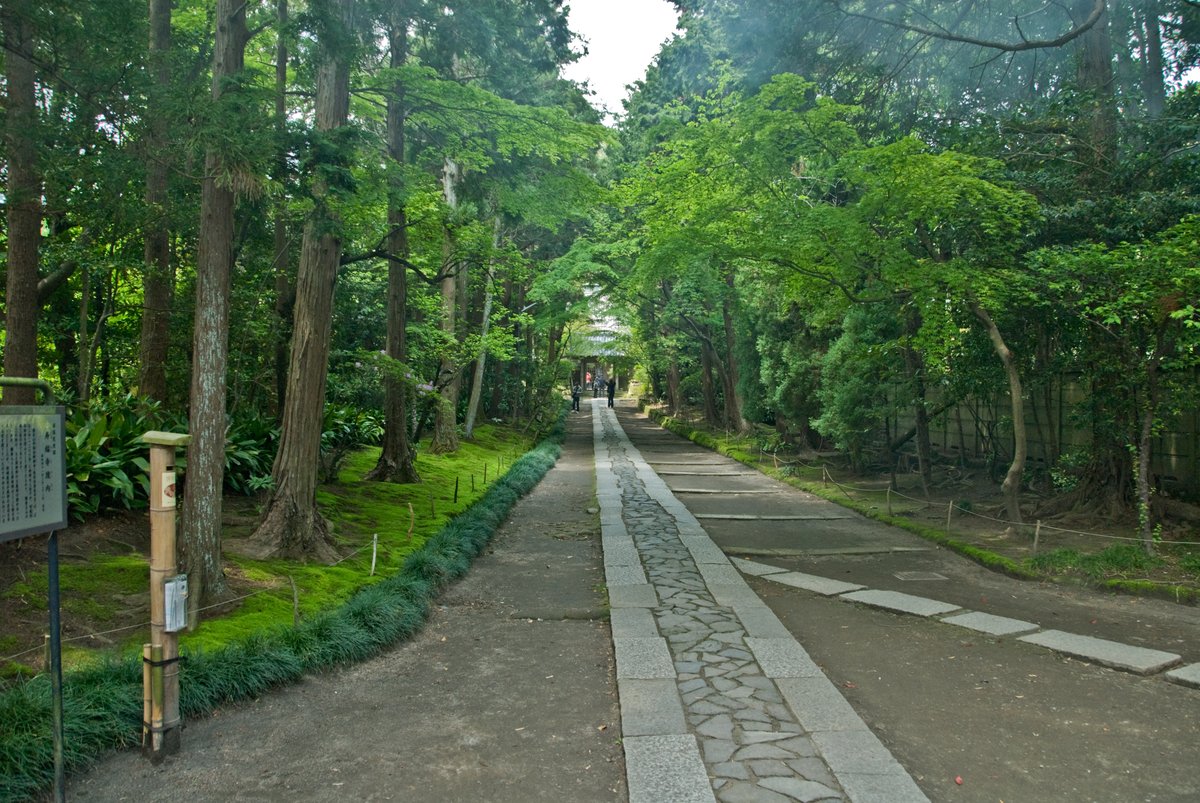
Jufuku-ji Kamakura Visiting Hours, Tickets, and Historical Sites Guide
Date: 15/06/2025
Introduction
Jufuku-ji Temple, nestled in the historic city of Kamakura, is a quintessential destination for those interested in Japan’s Zen Buddhist heritage and Kamakura-period history. Established in 1200 CE by Hōjō Masako, the widow of Minamoto no Yoritomo, Jufuku-ji is revered as the oldest Zen temple in eastern Japan. Its tranquil stone-paved approach, ancient trees, and serene atmosphere make it a spiritual anchor and a must-see for history enthusiasts, spiritual seekers, and travelers exploring Kamakura’s rich tapestry of historical sites. This comprehensive guide delivers detailed insights into Jufuku-ji’s history, architecture, visiting hours, ticketing, accessibility, and travel tips, helping you make the most of your visit (Japan Experience; Voyapon; Kamakura Guide).
Table of Contents
- Historical Background
- Architecture and Natural Features
- Visiting Information
- Nearby Attractions and Suggested Itineraries
- Frequently Asked Questions (FAQ)
- Conclusion
Historical Background
Founding and Early Development
Jufuku-ji (寿福寺), formally Kikokuzan Kongō Jufuku Zenji, was founded in 1200 CE by Hōjō Masako, the influential widow of Minamoto no Yoritomo, the first shogun of the Kamakura shogunate. The temple was constructed on the site of Minamoto no Yoshitomo’s former residence, symbolizing the Minamoto clan’s enduring legacy and the emerging influence of the samurai government.
The Role of Eisai and the Introduction of Zen Buddhism
Myōan Eisai (1141–1215), a pioneering monk who introduced the Rinzai school of Zen to Japan, became Jufuku-ji’s founding abbot. After facing resistance in Kyoto, Eisai accepted Masako’s invitation to Kamakura, where he established Jufuku-ji as a center of Zen teachings and practice. Eisai also popularized green tea in Japan, a tradition that remains intertwined with Zen culture (Japan Experience; Voyapon).
Jufuku-ji’s Place in Kamakura’s Religious Hierarchy
Jufuku-ji is ranked third among Kamakura’s Five Mountains (Gozan), a prestigious network of Zen temples, and is included in significant pilgrimage circuits such as the Thirty-Three Kamakura Kannon and Kamakura Nijūyon Jizō temples. These designations underscore its historic and spiritual importance within the region (Japan Experience).
Architecture and Natural Features
Temple Layout and Approach
Located at 1-17-7 Ōgigayatsu, Kamakura City, Jufuku-ji is about an 8–10 minute walk from the west exit of JR Kamakura Station (Kamakura Guide). The temple’s approach is marked by a stately main gate (sanmon) opening to a stone-paved path lined with ancient trees and lush moss, creating a corridor of tranquility and anticipation.
Main Gate (Sanmon) and Pathway
The sanmon exemplifies classic Zen temple architecture with understated wooden construction and a traditional tiled roof. The straight stone path, shaded by centuries-old trees, is especially captivating during spring cherry blossoms and autumn foliage (Voyapon; oneintheorangejacket.com).
Inner Gate (Chūmon) and Restricted Area
The inner gate (chūmon) demarcates the transition to the temple’s sacred precincts. Access beyond the chūmon is restricted to maintain the temple’s tranquility, but visitors can appreciate the symmetrical layout and architectural harmony from the approach.
Cemetery and Yagura Tombs
To the left of the inner gate, a side path leads to Jufuku-ji’s atmospheric cemetery, shaded by ancient trees and featuring weathered gravestones. At the rear are two yagura cave tombs, believed to be the resting places of Hōjō Masako and Minamoto no Sanetomo. These are unique to Kamakura and reflect the area’s Buddhist funerary customs (hoshino-yoko.com).
Zen Garden and Natural Setting
Jufuku-ji’s garden embodies Zen principles of simplicity and harmony with nature. Modest in scale but rich in atmosphere, it features carefully placed stones, moss, and seasonal foliage. The temple is enveloped by maples and camphor trees, with spring cherry blossoms and autumn koyo (colored leaves) providing seasonal highlights (oneintheorangejacket.com).
Architectural Details and Materials
The temple’s structures reflect traditional Japanese wooden architecture, using untreated timber, stone, and kawara (ceramic tiles). Influences from the Chinese Song dynasty are evident in the layout and open spaces, a reflection of Eisai’s legacy (hoshino-yoko.com).
Seasonal Highlights and Atmosphere
Spring and autumn are the best times to visit, when cherry blossoms and vibrant foliage create a breathtaking setting. The peaceful ambiance is enhanced by birdsong and the rustle of leaves, providing an ideal retreat from the city.
Visiting Information
Hours, Admission, and Access
- Visiting Hours: Open daily, typically from 8:30 AM to 4:30 PM (occasionally listed as 8:00 AM–5:00 PM; last entry around 4:30 PM). The main hall and inner grounds are not open to the public (Kamakura Guide; japan-guide.com).
- Tickets: Admission to the approach and cemetery is free; no tickets are required. There is no fee for general entry, and no temple stamps (goshuin) are currently offered (kamakuraguide.com).
- Getting There: About 8–10 minutes on foot from JR Kamakura Station’s west exit. The walk is flat and accessible, with no direct bus stops but clear signage (Kamakura Guide).
- Accessibility: The stone-paved approach is generally manageable for wheelchairs and mobility aids, though some uneven surfaces require caution. There are no dedicated restrooms or souvenir facilities on the grounds.
- Photography: Permitted along the approach and cemetery; not allowed beyond the chūmon or in restricted areas.
- Etiquette: Maintain silence, respect the spiritual atmosphere, and avoid eating, drinking, or wearing shoes beyond designated areas.
- COVID-19 Updates: Check for any current health advisories or restrictions before your visit.
- Guided Tours: While regular tours are not offered, Jufuku-ji is included in some Kamakura walking tours, such as the Daibutsu Hiking Trail (veronikasadventure.com).
Best Times to Visit
- Spring (March–May): Cherry blossoms and fresh greenery.
- Autumn (September–November): Stunning koyo (autumn foliage) with mild weather (overyourplace.com; travelsetu.com).
- Early Mornings: For tranquility and ideal lighting for photography (kamakuraguide.com).
Nearby Attractions and Suggested Itineraries
- Tsurugaoka Hachimangu Shrine: Major Shinto shrine, 7 minutes’ walk from Jufuku-ji (kamakurainfo.net).
- Zeniarai Benten Shrine: Renowned for its unique money-washing ritual.
- Kamakura Museum of National Treasures: Offers deeper historical context.
- Yuigahama Beach: Ideal for a stroll before or after your visit.
- Cafés and Wagashi Shops: Many are located near Kamakura Station, offering refreshments and local sweets (kamakuraguide.com).
Frequently Asked Questions (FAQ)
Q: What are the visiting hours for Jufuku-ji?
A: The temple approach is open daily from 8:30 AM to 4:30 PM (some sources state 8:00 AM–5:00 PM), with last entry around 4:30 PM.
Q: Is there an entrance fee?
A: No, admission to the temple’s approach and cemetery is free.
Q: Can I enter the main hall or inner grounds?
A: No, these areas are restricted and not open to the public.
Q: Are guided tours available?
A: Jufuku-ji is often included in guided walking tours, such as the Daibutsu Hiking Trail.
Q: Is Jufuku-ji wheelchair accessible?
A: The approach is flat and mostly accessible, but some uneven stones require caution.
Q: Can I get temple stamps (goshuin) or omikuji?
A: No, neither temple stamps nor fortune slips are provided at Jufuku-ji.
Conclusion
Jufuku-ji Temple offers a unique blend of historical significance, spiritual depth, and natural beauty at the heart of Kamakura. While the inner temple remains a private sanctuary, the accessible grounds—with their tranquil stone path, ancient trees, and mossy gardens—invite visitors to experience the essence of Zen. With free admission, easy access from Kamakura Station, and seasonal highlights in spring and autumn, Jufuku-ji is ideal for peaceful contemplation, photography, and cultural exploration. Enhance your Kamakura itinerary by combining a visit to Jufuku-ji with nearby shrines, temples, and local cafés.
To deepen your experience, download the Audiala app for interactive maps and exclusive Kamakura content, and follow official tourism resources for the latest updates. Discover the serene charm and enduring legacy of Jufuku-ji—a true gateway to Japanese Zen heritage.
